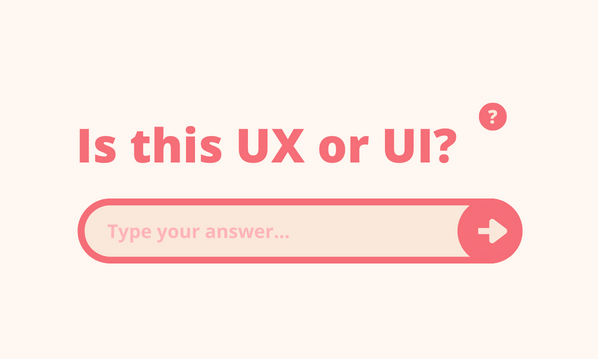For those familiar with user experience design we go around our daily lives noticing areas of bad user experience. “This door opens the wrong way”. “That sign is in the wrong place”. “They should accept card payments”. We also go around the virtual world with that little voice inside our heads screaming out similar curses. We too often assume that these issues were just not thought through properly. And I’m sure this is often the case but sometimes these issues have been carefully chosen to encourage us to act in a certain way, a way in which we not normally act.
Have you ever tried to sign up to a website to find that the “send me third party email” box already ticked? Or bought an item online and found an extra related item put into your basket? These are examples of dark user experience practices. Practices carefully curated to deceive users into completing an undesired action.
See, designers have a big responsibility to our users. Our job is to design things in such a way to influence the behaviour of our audience. With a small understanding of human psychology we are able to persuade our audience to complete a task. Take, for example, an online retailer. As a designer, my goal is to encourage a potential customer to make a purchase and part with their hard earned cash. We can use a number of different techniques to achieve this and the practices we would adopt are not so different from those a highstreet retailer would use in their physical stores. For the most part, this is not dark ux.
Some practices to watch out for:
Hidden costs
A favourite amongst airlines and event ticket companies, hidden costs are costs which are not shown upfront e.g. processing costs, credit card costs and tax.
Trick questions
Careful use of language to phrase questions that, when scanned, appear to mean one thing but actually mean another.
Bait and switch
A user goes to a website for one thing but an undesirable actions occurs instead e.g registering with a dating website to view it’s members.
There are many other dark ux practices and as designers we should be resistant to implementing these unethical practices.





